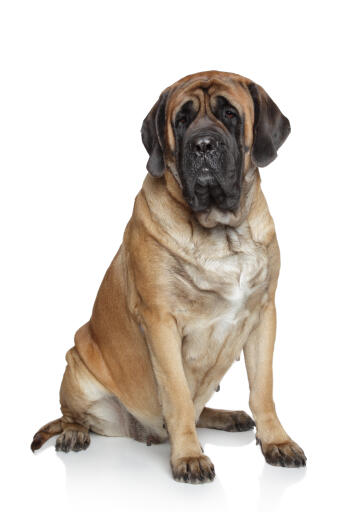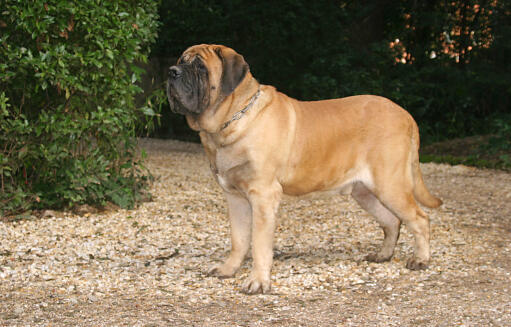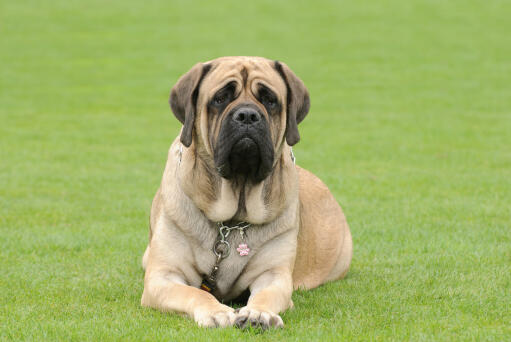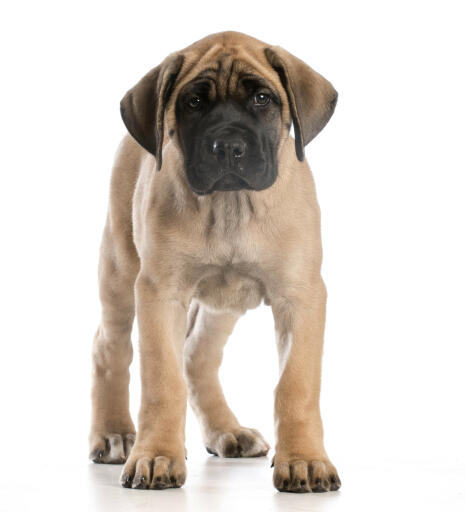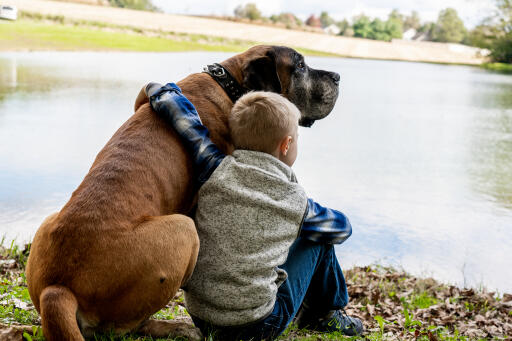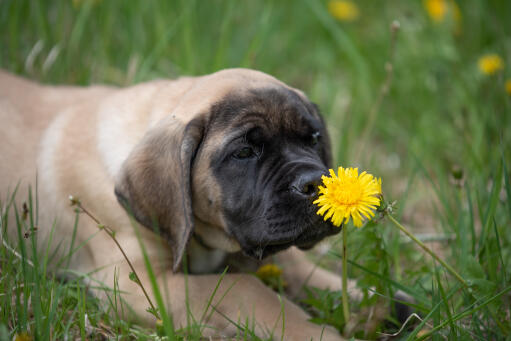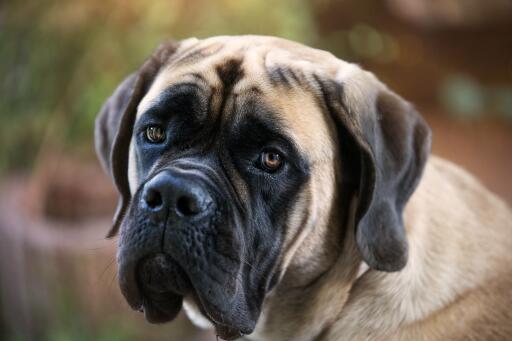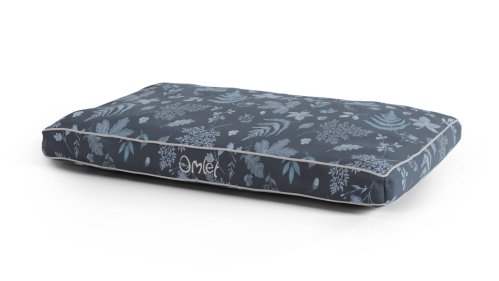Mastiff Dogs







Breed Rating (1 Reviews)
| Appearance | |
| Friendliness | |
| Hardiness | |
| Garden |
History
The modern day mastiff originates from England and dates back centuries. They are sometimes also referred to as the Old English Mastiff. They were descendants of the old Molosser dogs which date back thousands of years and most likely came from Asia. The Mastiff we know today was bred as a guard dog, for bull and bear baiting, war dog and lion fighter. They were exported all over the world as armies marching into new countries would often take them with them. In the 1800’s bull baiting and dog pits were outlawed, and as a result the breed’s numbers declined. During the second world war it was impossible to feed such a large dog and many died of hunger. Yet, true to their hardy spirit, the breed survived and is now very popular once again.
Behaviour
The Mastiff is a gentle giant. They are docile and friendly with their family. Don’t be fooled though, if needs be these can be incredibly strong and fierce dogs. They were after all used to fight lions and actively fought side-by-side with their owners on the battlefield. Despite all this, in the house they’ll be kind and loving. They tend to get along well with other dogs at home, are good with children but can sometimes accidentally knock them over due to their large size - no malice is intended.
They are generally aloof with strangers, choosing to sit in the corner and observe them from a distance. If they feel that you are under threat they will intervene, but nearly all the time this will be by barking as they are rarely vicious. Any home invaders will be met by a powerful, scary looking dog that will keep them cornered until you arrive. They get upset over family arguments and will show this by barking in an attempt to stop the quarrel. Despite their intimidating looks, they are a sensitive breed and will be shy and withdrawn if poorly handled.
For a well balanced dog, puppy classes are essential. Obviously an untrained dog of this size will pull you over with ease, so leash training should be the first thing they are taught. They need a firm yet loving handler to get the best out of them. Positive reinforcement and food rewards are the only way of getting anywhere with this breed. If you yell at them they’ll only shy back and be less likely to want to learn anything new. A positive attitude and patience are the key to training this breed.
Mastiffs need a fair amount of exercise, though don’t overdo it while they are still young as this will lead to leg problems later in life due to poorly developed bones and tendons. By the time they are 18 months old they should be fully grown and you can start taking them on longer walks. Up until this age, let them play and rest as they feel fit. These dogs can tire and overheat easily, so it’s good to know when your Mastiff is tired and allow them to have a rest. They will want to please you and will keep on walking by your side even if they are worn out, this is what leads to overheating. You should be able to tell when they need a break.
Being a large dog, Mastiffs have the advantage of being able to reach onto tabletops and work surfaces in search of snacks. Make sure to hide all your food away into cupboards where they can’t be reached by your canine companion. Mastiffs like to chew on things, so make sure to provide them with chew toys or something similar; unless you want your shoes and furniture legs all chewed up that is. They snore, grunt and drool literally everywhere. They can be rather lazy and will never say no to a treat, so be sure to keep an eye on their diets in order to prevent obesity.
Their coats will require regular brushing to remove any dead hair, but other than this minimal grooming is needed. Their face wrinkles will need washing with a damp cloth every so often.
Health Problems
Larger dogs such as Mastiffs are prone to Bloat, so make sure to watch out for this. Giving them two smaller meals a day rather than one large meal will lower the risk of this. Canine Hip Dysplasia and Progressive Retinal Atrophy are also common in Mastiffs.
Breed Details
- Status: Common
- Weight: 175 - 190 lbs
- Height: Male min: 30" Female min: 27.5"
- Color: Fawn, apricot or brindle
- Rare: No
- Coat: Short - Double
- Grooming Requirements: Everyday
- Town or Country: Country
- Minimum Home Size: Large House
- Minimum Garden Size: Small to Medium Garden
- Breed Type: Working Dog
- Size: Large
- Energy Level: Low
- Exercise Required: Up to 1 hour
Mastiff Pictures
Latest Reviews For Mastiff (1 of 1)
I have a Louisiana Catahoula Brindle Mastiff - Cyndi,
They aren't lazy like alot of people think.. They see great watch dogs that need a big back yard to play & run..they love flirt poles !!

